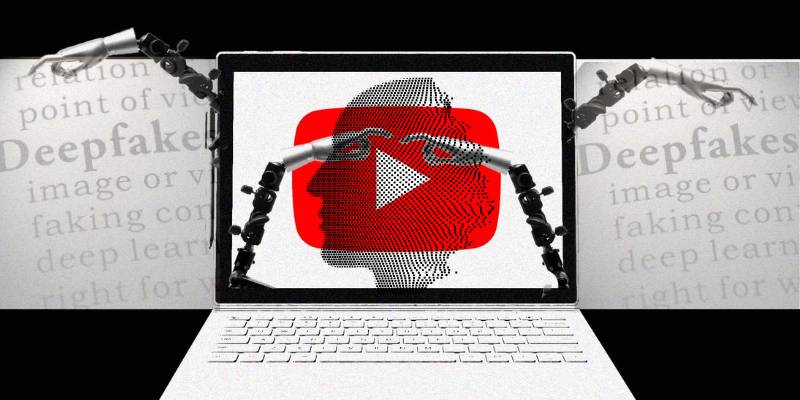It’s not every day that YouTube shakes things up this hard. Picture this: you log in one morning and find your face starring in a video you never made. Creepy? Terrifying?
For a growing number of creators, it’s reality. That’s exactly why YouTube has begun rolling out a new AI likeness-detection system — a tool designed to sniff out videos that use a person’s face or voice without consent, especially when powered by AI or deepfake tech.
It’s the platform’s way of saying, “Hey, creators, we’ve got your back.” You can read more about the rollout on The Indian Express.
The feature, available first to verified creators, lets them scan for videos where their likeness has been used or manipulated. If detected, they can request removal — simple as that, or so it seems.
YouTube says it’s about transparency and safety, but there’s an undercurrent of something deeper here: a quiet war for authenticity in an AI-flooded internet.
According to TechSpot, the company is testing the system on a small scale before a broader release.
The hope? To stem the rising tide of synthetic content before it drowns public trust entirely.
But here’s where it gets interesting — this move doesn’t live in isolation. Across the web, governments and platforms alike are wrestling with AI-content disclosure and detection.
In fact, The Economic Times recently reported that regulators may soon require every AI-touched post to carry a label.
That could mean every meme, remix, or parody might have to wear a digital badge of honesty.
Sounds tedious, but maybe it’s the price of clarity in a world that’s getting fuzzier by the pixel.
You know what’s wild? For all our talk about detection, the tools aren’t flawless. A study highlighted by Devdiscourse found that AI detectors frequently mislabel human writing as machine-generated.
Imagine being accused of using AI when you actually burned midnight oil to craft that script or essay.
It’s like being framed by your digital twin. Makes you think — what happens when those same tools judge video or audio, where the nuances are even messier?
The truth is, YouTube’s move is both defensive and visionary. It’s protecting creators, yes, but also protecting itself — from lawsuits, from reputation hits, from the chaos of misinformation.
And maybe, just maybe, from the eerie feeling that the internet no longer knows who’s real.
According to a piece on PYMNTS, YouTube’s broader AI safety plan includes watermarking and metadata tagging, giving future uploads a “digital fingerprint.”
That’s smart. But also, there’s a whiff of irony: it takes AI to fight AI.
I’ll be honest — part of me cheers, part of me worries. It’s like installing CCTV in your mind. We want safety, sure, but when machines start policing creativity, where’s the line?
Still, creators I’ve spoken to say this feels like a relief. “It’s about time,” one told me, “because it’s getting hard to tell what’s mine anymore.”
And that, right there, captures the moment. The fight for your digital face has officially begun.

